Here are some of the friendly faces seen at the Robo Japan 2008 exhibition held at Pacifico Yokohama Hall this weekend.
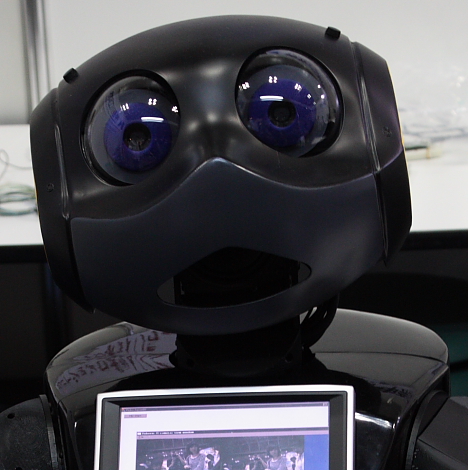
Noir
The Kanagawa Institute of Technology exhibited Noir, a blue-eyed "grandchild" robot designed to communicate with and help take care of the elderly. This modified version of Vstone's Robovie-R robot can carry on a basic conversation, sing songs, and play rock-paper-scissors.
* * * * *
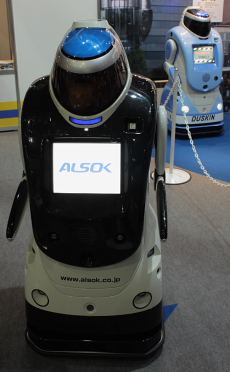
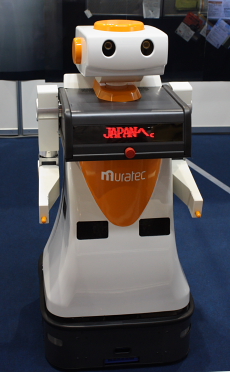
Reborg-Q // MKR-003
Security firm ALSOK showed off Reborg-Q (left), a patrolling security robot that keeps an eye out for suspicious activity in public places while entertaining the kids. Keio University's MKR-003 (right) is an autonomous robot designed to carry medical supplies around inside hospitals. The robot can map and understand its own location inside the hospital, avoid obstacles, and verbally communicate with human co-workers and hospital visitors.
* * * * *
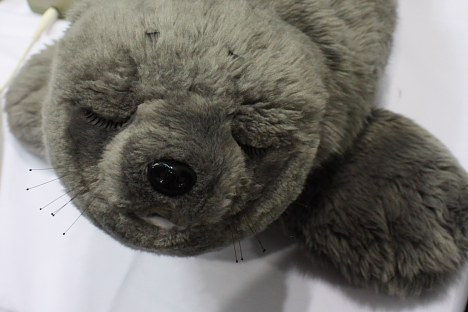
Gray-brown Paro
The uber-famous Paro "Mental Commit Robot" appeared in various colors at the National Institute of Advanced Industrial Science and Technology (AIST) booth.
* * * * *
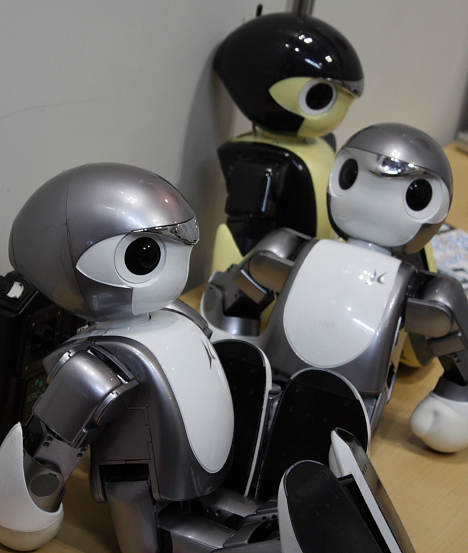
Manoi athlete humanoids
Kyosho exhibited their line of Manoi humanoid athlete robots. Here they are relaxing.
* * * * *

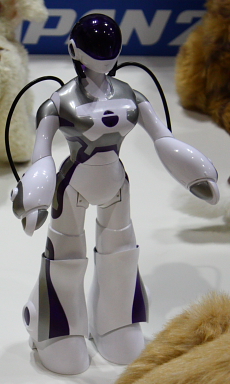
Yume-Neko Smile // EMA
Sega Toys' robot toy display included the Yume-Neko Smile cat robot (left) and EMA (Eternal Maiden Actualization), an interactive mini-fembot that can sing, dance and strut like a runway model (right).
* * * * *
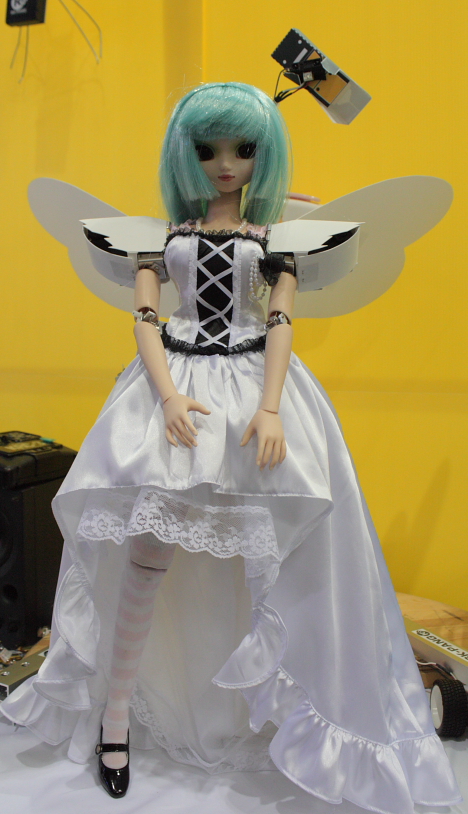
AYA
Robot creator SK-PANG demonstrated AYA, a stand-mounted mini-android that dances and sings tunes created with the popular Vocaloid software.
* * * * *
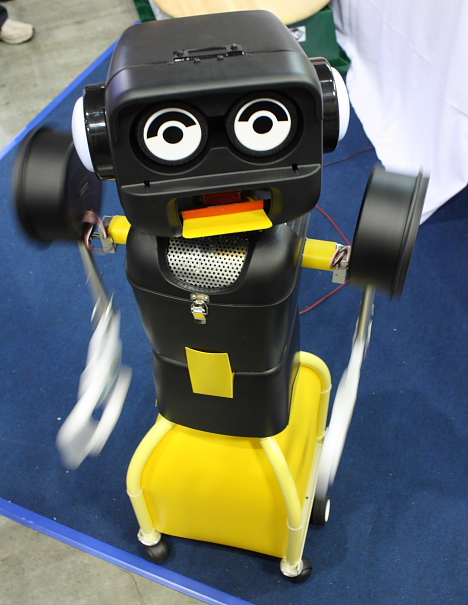
HASIMOTO 3
HASIMOTO 3, also created by SK-PANG, is an in-your-face entertainment robot designed to work the crowd at special events.
* * * * *
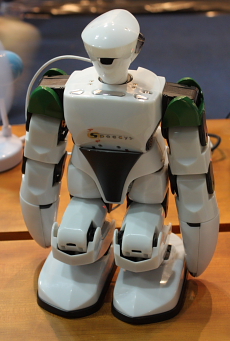
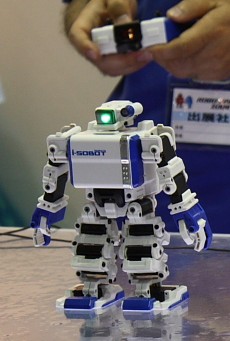
SPC?101C // i-SOBOT
Speecys showcased the many talents of the SPC-101C programmable family entertainment robot (left). Takara Tomy exhibited the tiny i-SOBOT humanoid (right).
* * * * *
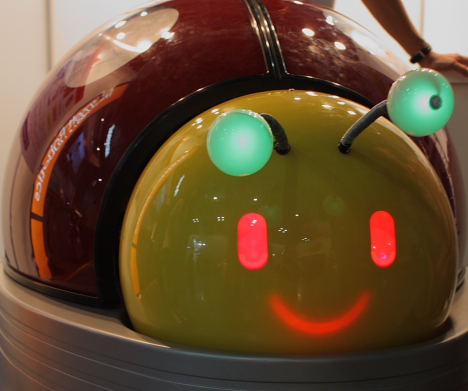
LadyBird
LadyBird, a large, autonomous ladybug-shaped robot developed by Chinougijutsu Co., Ltd., is designed to clean public restrooms. Microphones, speech recognition software and a voice synthesizer enable the friendly robot to carry on a basic conversation.
* * * * *
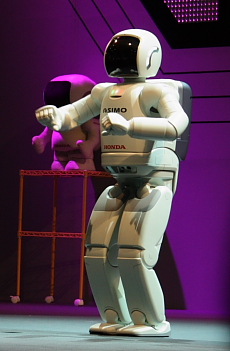
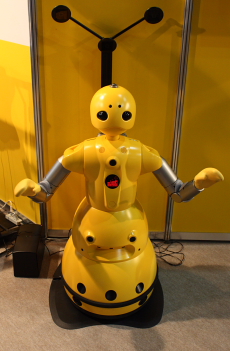
Asimo // Wakamaru
Honda's Asimo (left) entertained crowds by dancing, running, kicking soccer balls and carrying drinks. Mitsubishi's Wakamaru (right) charmed onlookers with its grin and showed how Kyokko Inc.'s flexible sensor tube (FST) body suit can be used as a remote robot controller.
* * * * *
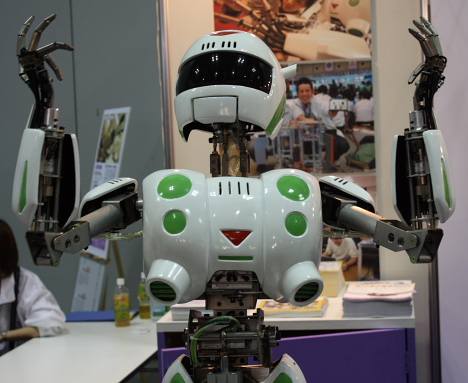
KARFE
KARFE, an educational/comedian robot developed by Nihon Kogakuin College, told jokes to all who would listen.


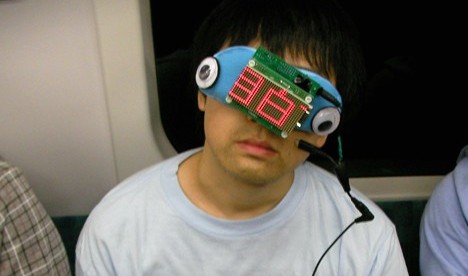















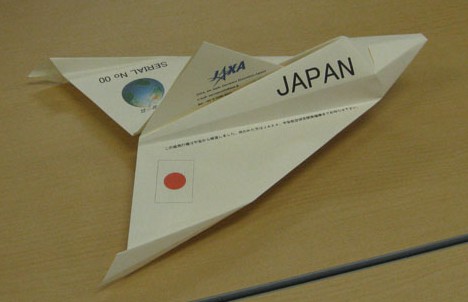
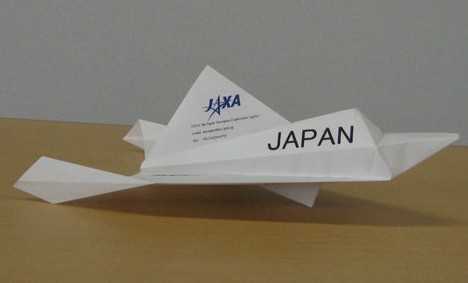
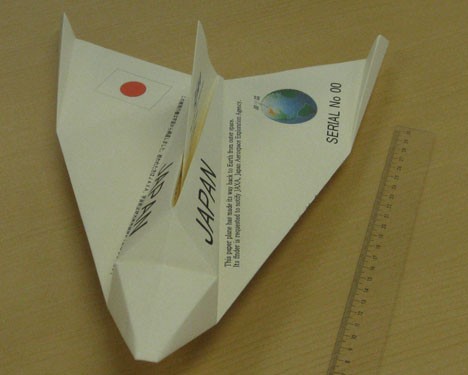
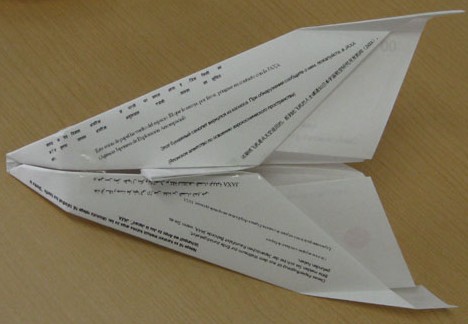
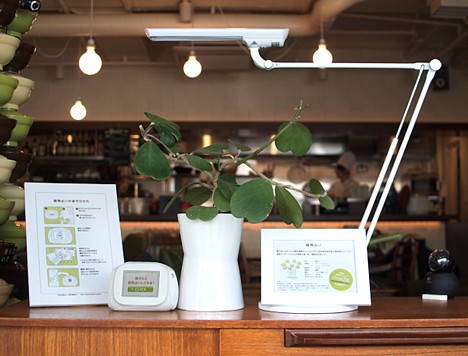
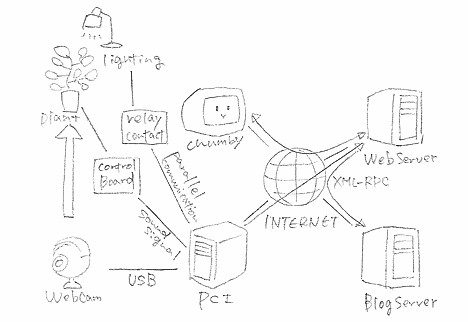
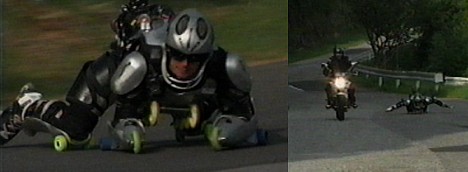








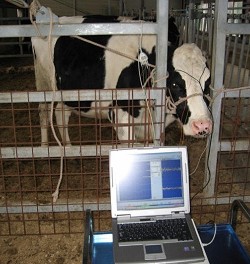 As Japanese consumers become ever more "
As Japanese consumers become ever more "